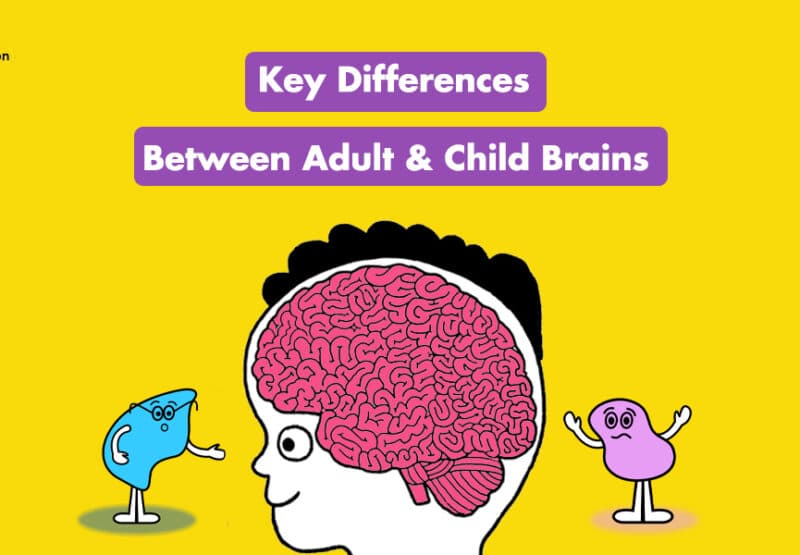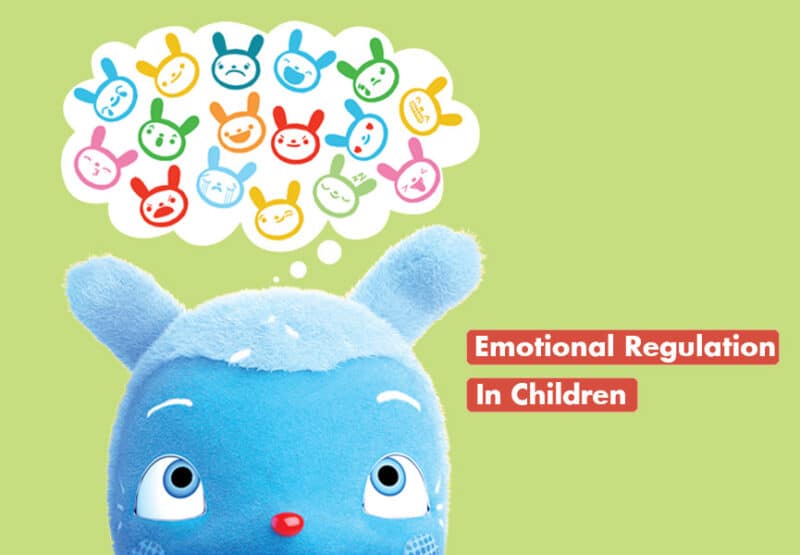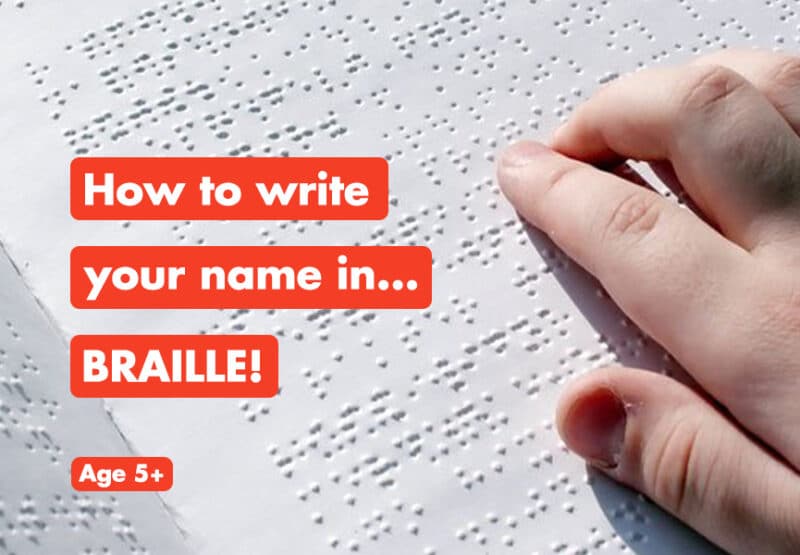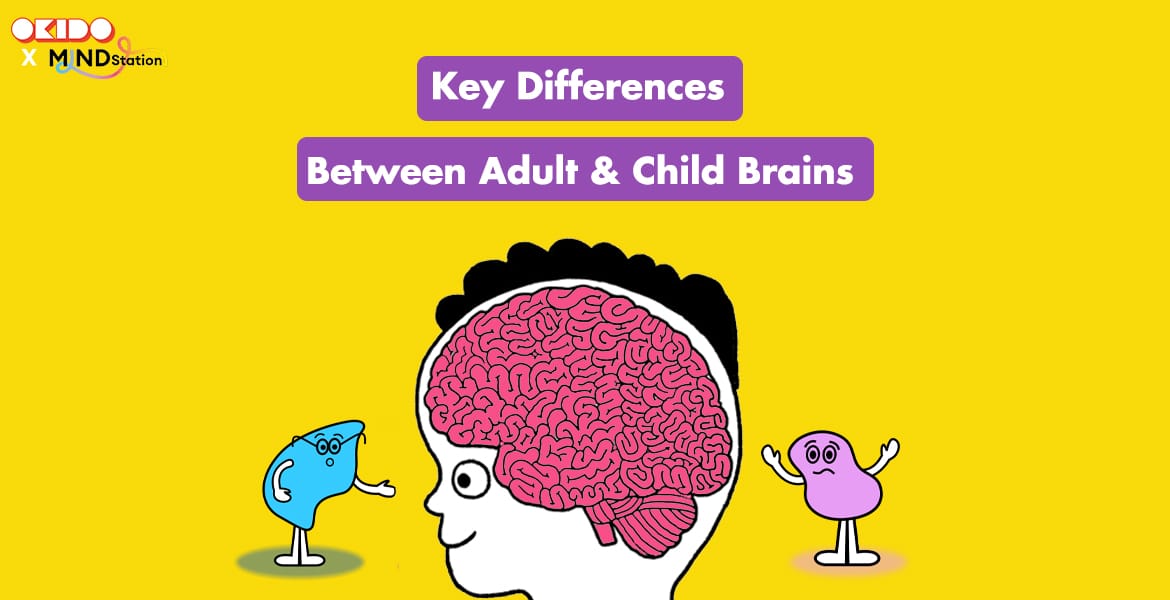
Brain development: Understanding Key Differences Between Adult and Child Brains
Did you know that a child’s brain is not fully developed till the age of 25?
One of the key points I emphasise with parents I coach at Mind Station is the significant difference in brain development between children and adults.
As cited in Daniel Siegal’s book, The Whole brain Child
“If you want a single reason to be patient with your child during a meltdown or when they are being unreasonable in some way. This is it – their brain hasn’t fully formed yet”
So, what does this mean exactly in the world of parenting?
While children’s brains are highly malleable in response to their environments compared to adult brains, they frequently encounter challenges with emotional impulse control and self-regulation.
Why is this?
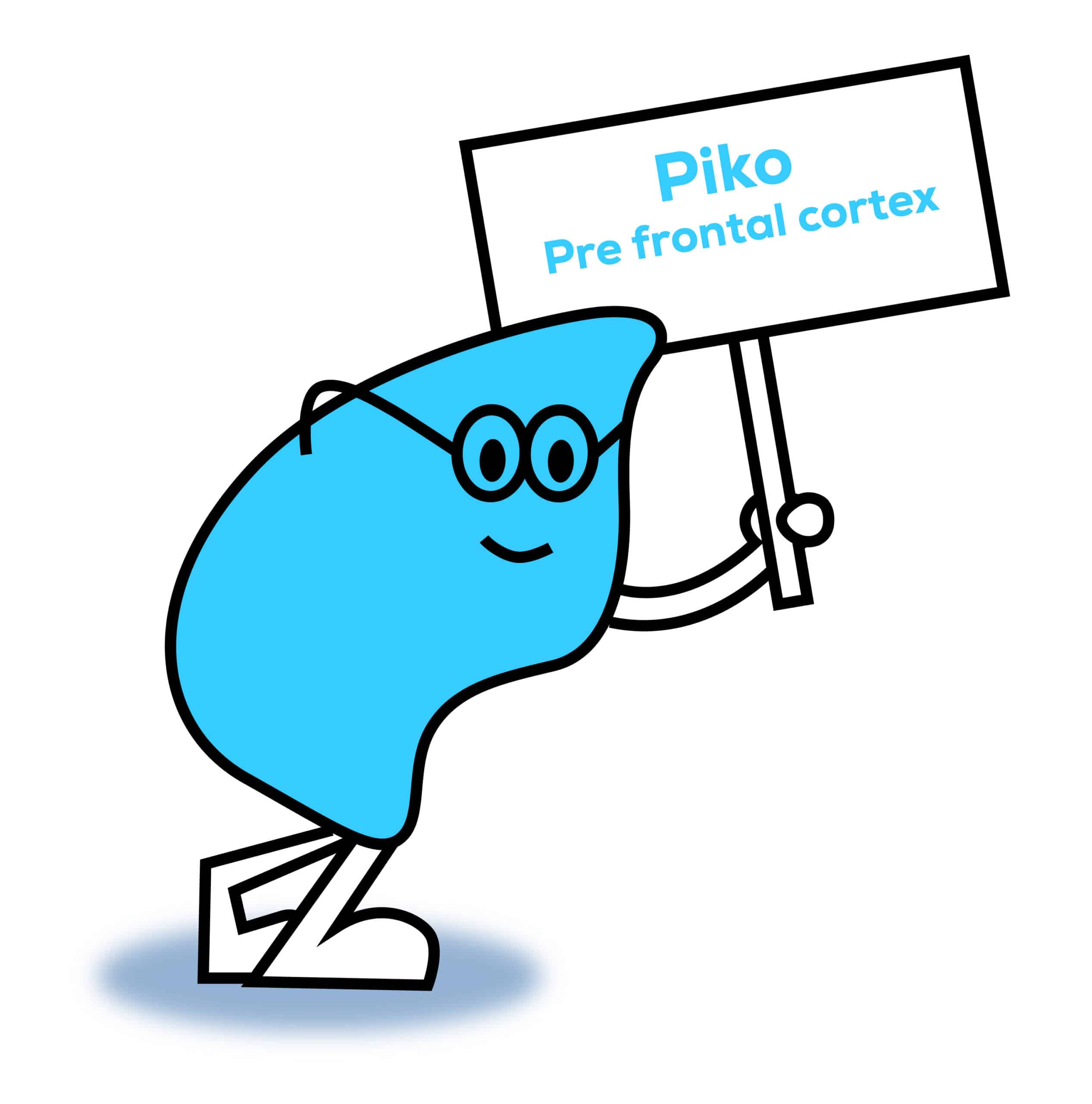
This is because their prefrontal cortex, often regarded as the control centre of the brain, is relatively small during the early years of childhood. It is still developing the abilities to make decisions, think critically, regulate emotions, organise thoughts and empathise.
In contrast, your adult brain is fully developed. Therefore, it’s important for you to nurture & strengthen your child’s brain by demonstrating effective regulation, decision-making, critical thinking, and problem-solving skills.
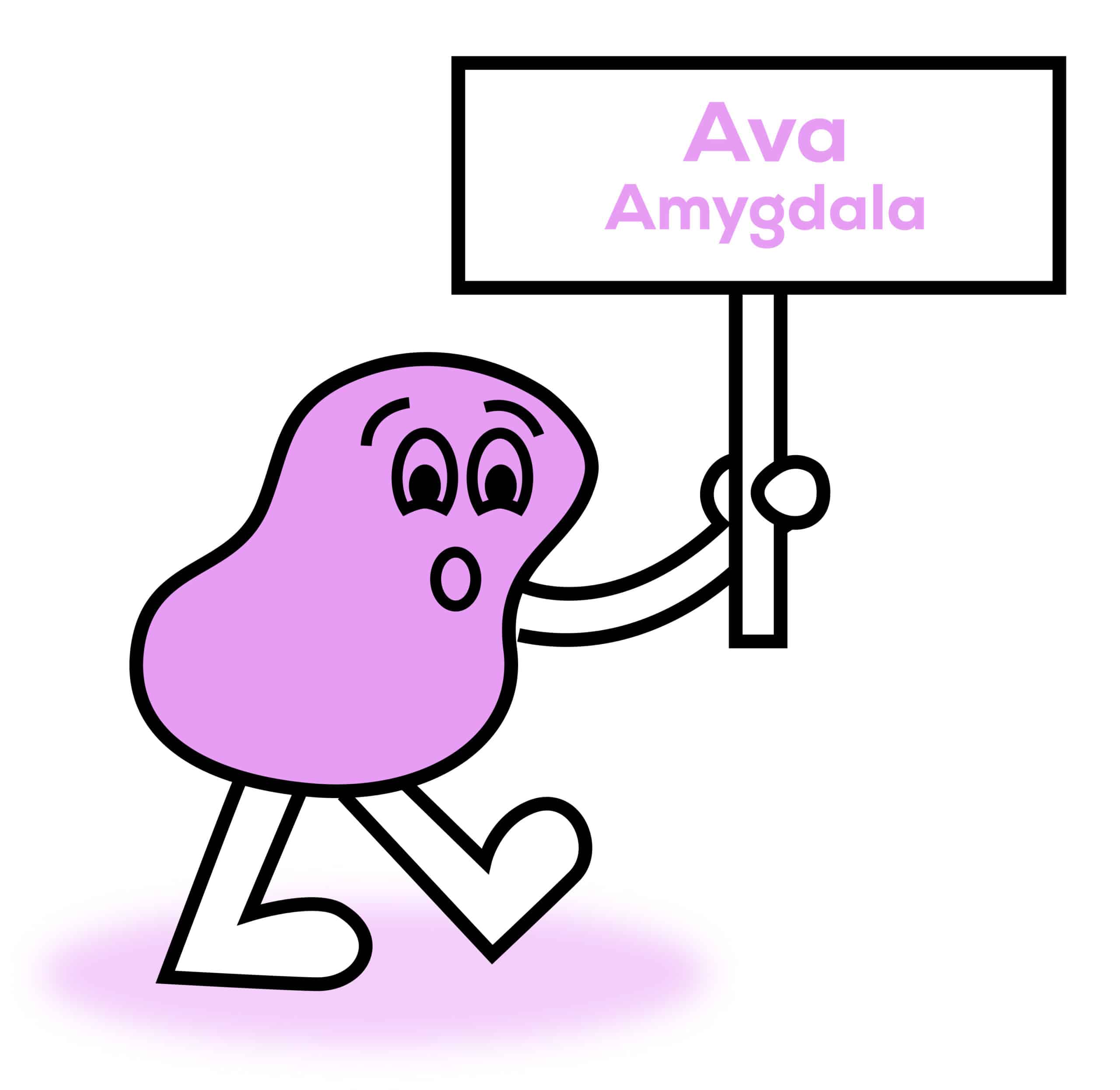
In a young child’s brain, emotions are primarily processed in the amygdala, which is responsible for the fight, flight, or freeze response. In contrast, for parents, emotions are processed more logically in the prefrontal cortex. The key difference lies in how children are more prone to entering a dysregulated state of fight, flight, or freeze because their brains primarily process emotions in the amygdala.
As a result, children find it challenging to access their logical, rational thinking brain and often require support from adults—whether you’re a parent, teacher, caregiver, or emotions coach – they need your help!
Often we notice parents assuming or expecting that their child can calm themselves down with the right tools. However, it’s important to acknowledge that children simply cannot achieve this without help, support and effective modelling. Children depend on adults to demonstrate and teach them effective emotional regulation techniques. Children require co-regulation support to activate their mirror neurons and learn appropriate behaviours through imitation. Especially in the early years, when their brain development is still at around 10% by age 4, introducing visual and creative mindfulness techniques is essential for their brain development and personal growth.
At Mind Station & OKIDO, we are extremely passionate about helping children to develop emotional intelligence skills in the early & primary years to help them better identify and self express their emotions and feelings. Also, showing children & parents how to use creative breathing tools which further empowers children to regulate their nervous system with the support of an adult. Children also enjoy the autonomy of coming up with their own techniques, which further supports their emotional development and self-discovery!
Another tool we love to share with parents is to use the I.C.E method when your child’s amygdala is in a dysregulated state.
I – Help them to identify the emotion and feeling they are experiencing by using empathetic language to acknowledge their feeling.
Eg. I can see you’re feeling frustrated with your lego. That must feel hard.
C – Co regulate by sitting together and connecting back to the breath. We recommend a creative breathing tool here for maximum engagement and immediate effect. If they don’t want to breathe, that’s okay – keep modelling and breathing yourself and they will eventually do it too.
E – Explore what caused the emotion by helping them to strengthen their prefrontal cortex. Look towards being problem solvers together, working as a team to find the trigger or cause.
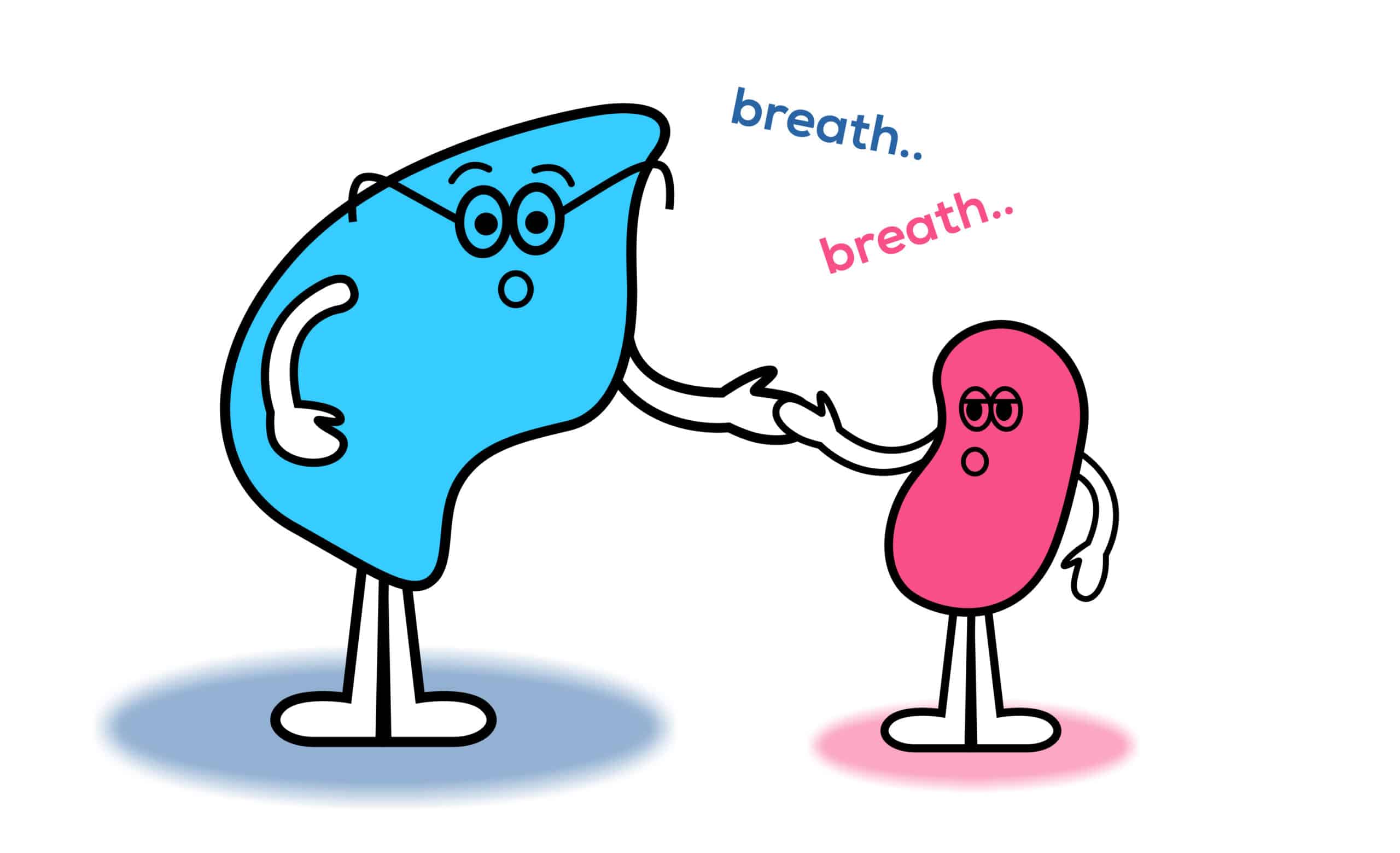
We also thought it would be useful to outline the key differences between your own brain as a parent and your child’s & to accept that they simply cannot control, manage and calm their own emotions without an adult brain’s support and help.
Key Differences in Adult and Child Brains
| Aspect | Adult Brain | Child Brain |
| Malleability | Less malleable | Higher malleability & adaptability |
| Executive Functions | Heightened | Struggles with impulse control, decision making |
| Emotion Processing | Prefrontal Cortex (PFC) | Amygdala |
| Language Development | Well-established | Begins |
| Attention/Focus | Better sustained | Prone to distractions, stronger emotional responses |
| Memory Retention | Strong | Memory formation begins |
Post written by Chloe Kock, Adult & Children’s Mindset Coach – Mind Station Coaching.

~~
Further Reading
Written by expert Adult and Children’s Mindset Coach, Chloe Kock, Meet My Brain Team introduces you and your child to 4 key areas of the brain that relate to emotional regulation and expression. Are you ready to meet Piko, Ava, Harv and Vee and learn all about how your amazing brain works? Find out more here.
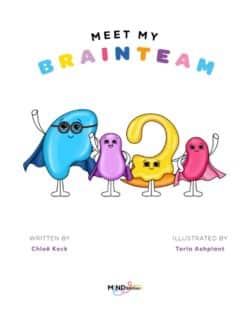
Find out more about Mind Station here.

